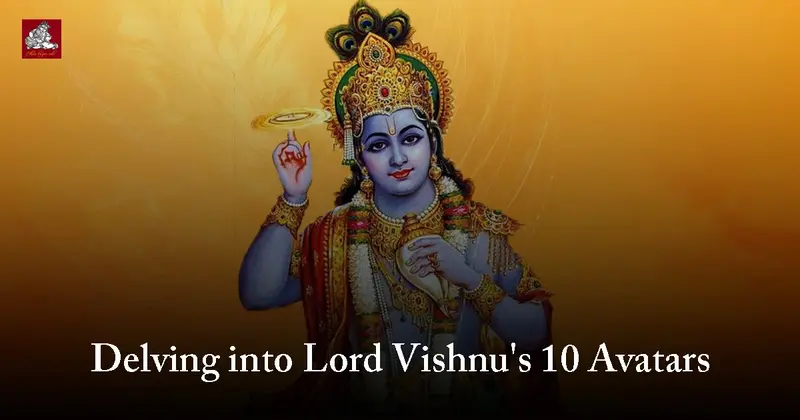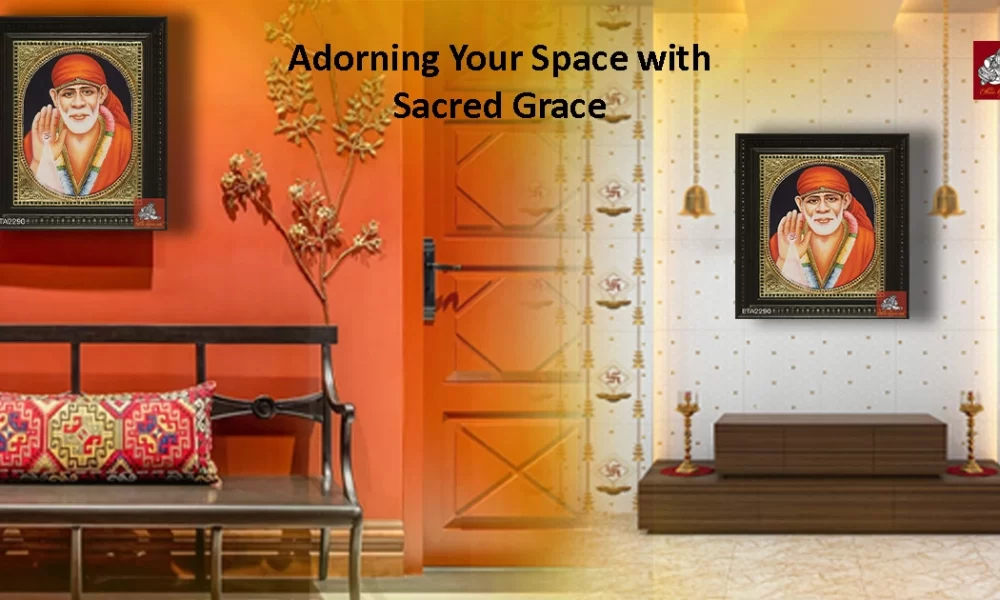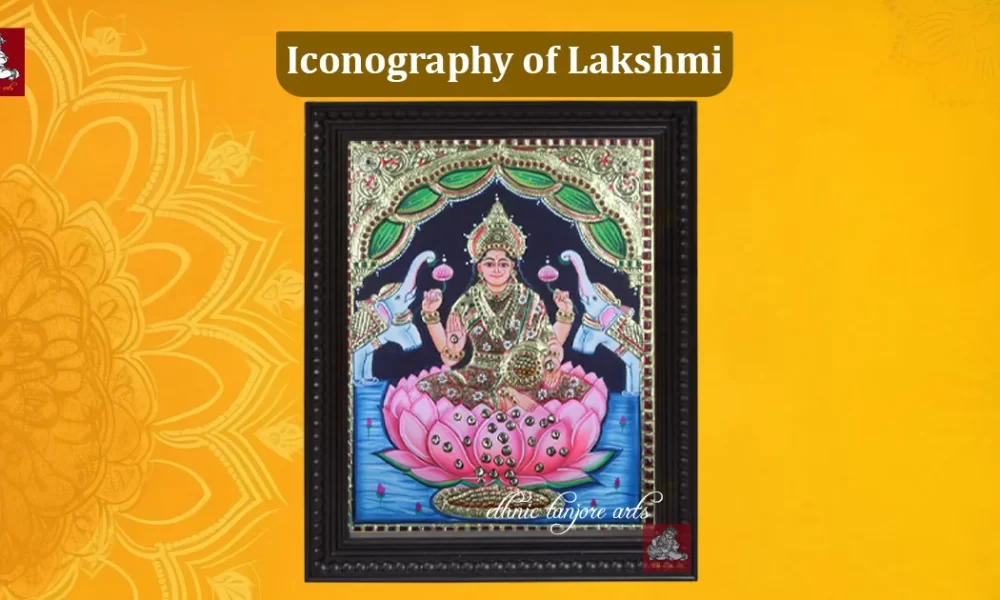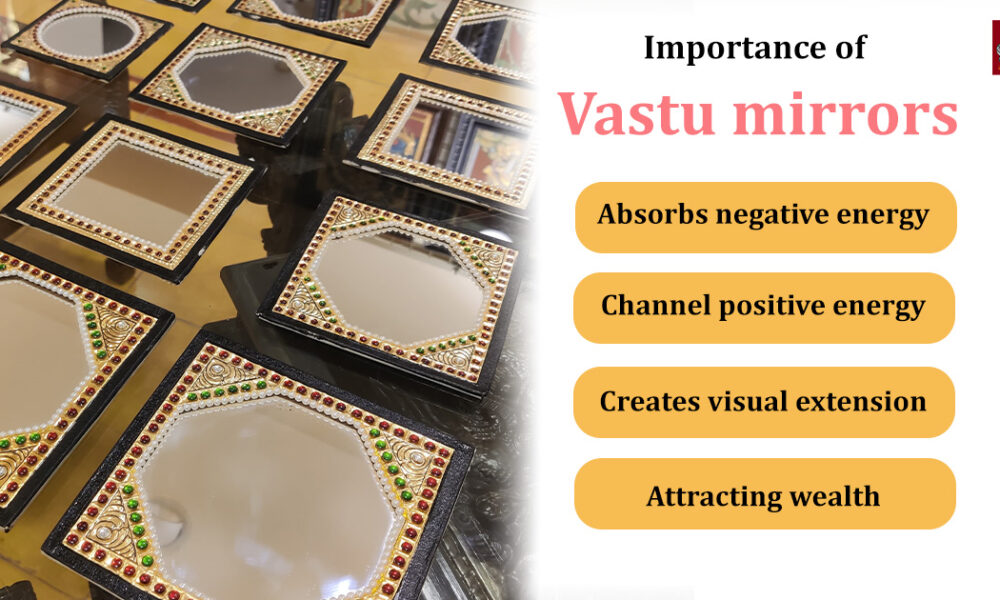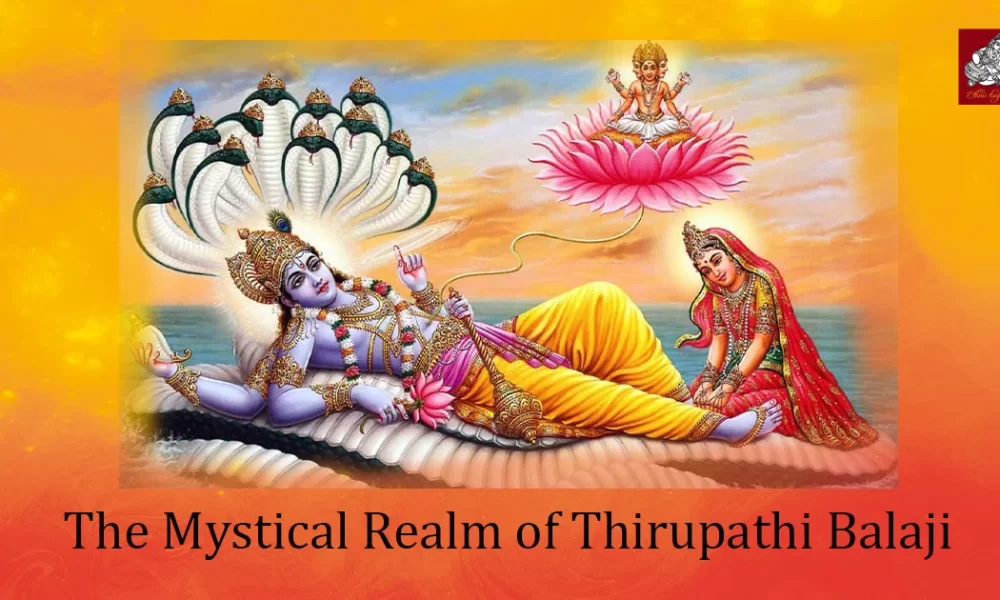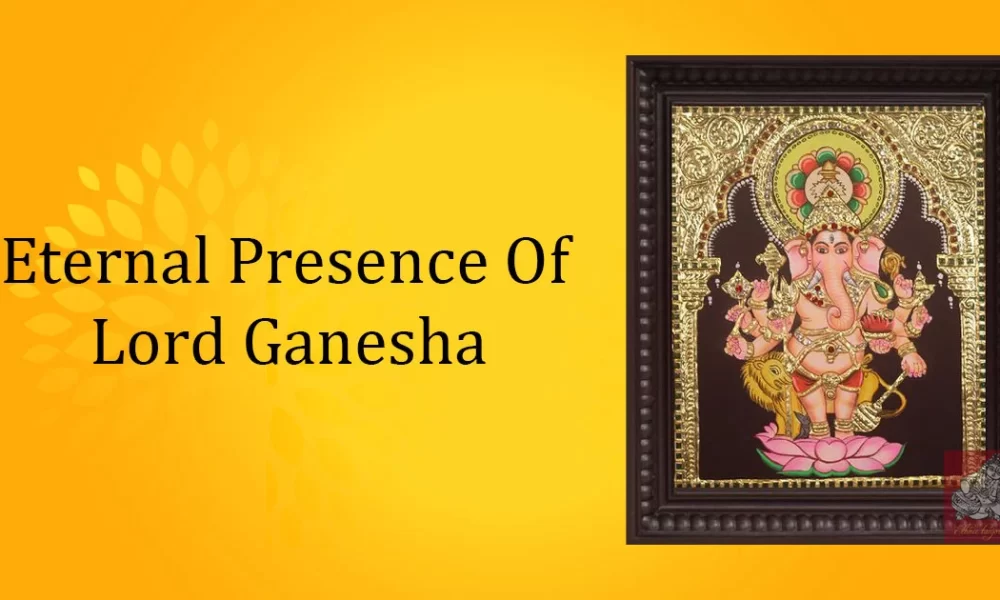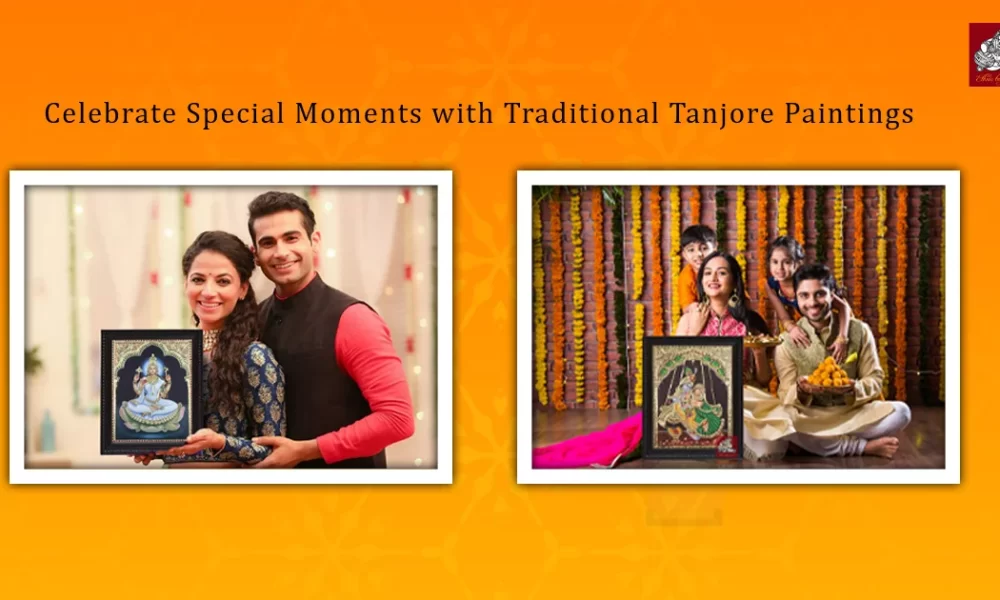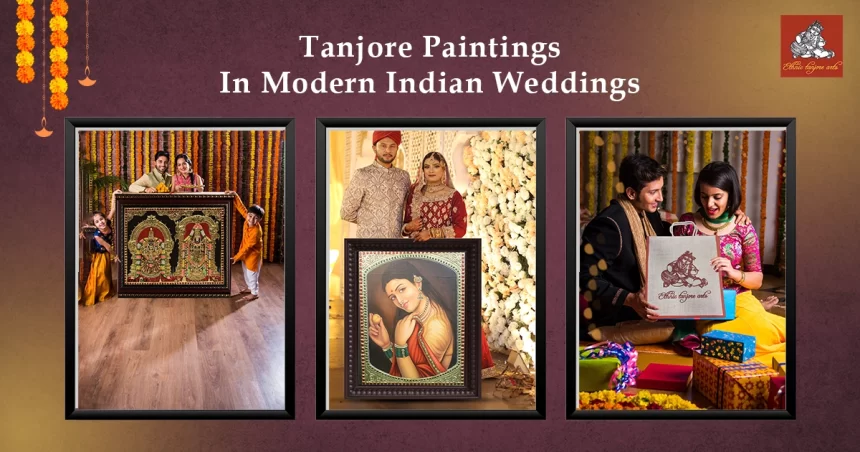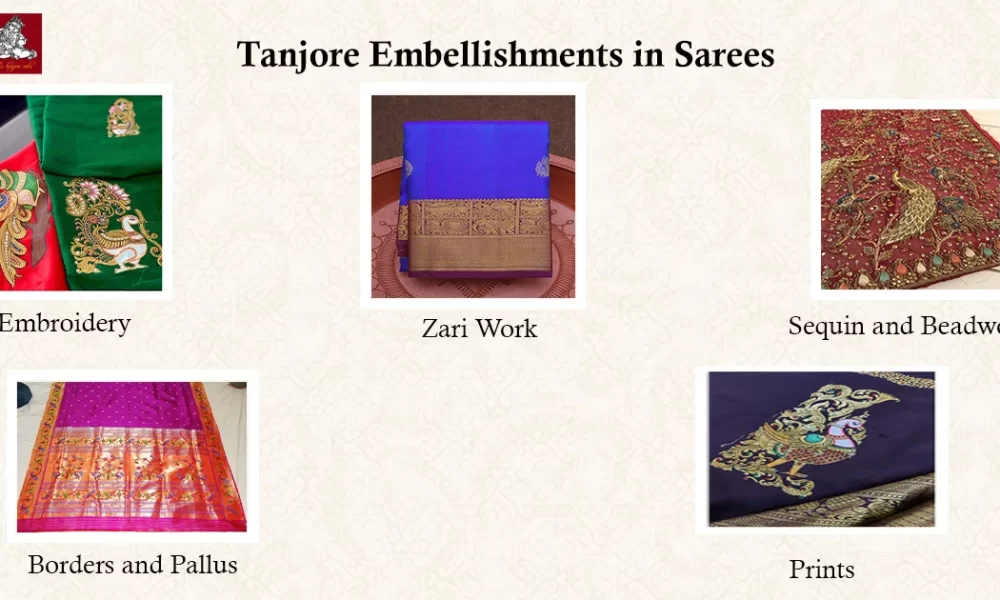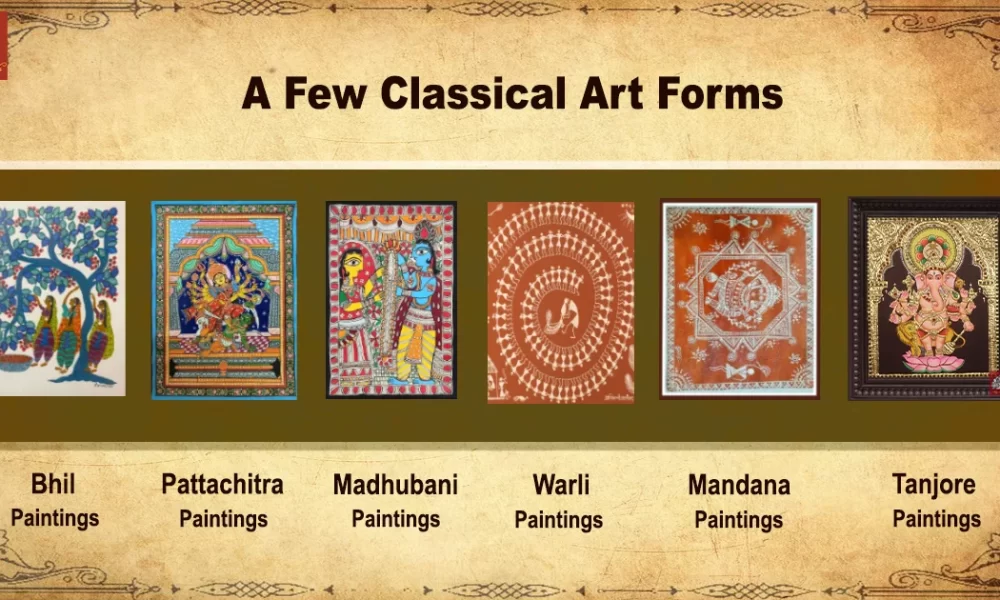Lord Shiva and Goddess Parvati are the epitome of heavenly love and eternal belonging. One is not complete without the other, and with each other, they rule the three worlds.
But they weren’t alike by any means. Goddess Parvati, being a princess, radiated unmatched beauty and royal exuberance. While women wear jewelry to enhance their beauty, the jewels’ beauty was enhanced when Maa Parvati wore them.
On the other hand, Lord Shiva was an ascetic who wore elephant skin, adorned with ashes from head to toe, and dreadlocks.
Their love complemented each other, and their beauty completed each other’s. In short, they belong to each other unconditionally.
In this blog, let’s witness the story of Lord Shiva Parvathi’s marriage.
The origins of the Tales of Lord Shiva and Goddess Shakthi
The love tale of Lord Shiva and Parvati is one of the most adored pieces of Hindu mythology, with various poets having sung their glory.
The origins of the story trace back to the avatar of Goddess Shakthi as Sati. Also known as Dakshayani, she was the daughter of King Daksha, who was one of the sons of the creator, Lord Brahma.
Daksha bore an immense hatred towards Lord Shiva, as he was not a king, did not dress well, was smeared with ashes, and had an entourage of demons, goblins, and demented beings.
Daksha held a swayamvar for Sati and invited great kings and gods as potential prospects for Sati’s husbands, intentionally avoiding Lord Shiva. However, Sati was in love with Lord Shiva and chose not to marry any other man at the venue. She threw the garland in the air, and magically Lord Shiva manifested on the scene and bore the garland, thus marrying Sati.
However, after their marriage, Daksha’s dislike for Lord Shiva grew into hatred and arrogance. He held Nireeshwar Yagna and intentionally did not invite his son-in-law, Lord Shiva. Affected by her father’s insult towards her husband and herself, Sati swore she was insulted to be born as Daksha’s daughter.
“I’m ending this life and thus giving up the title of Dakshayini (Daksha’s daughter). At least in my next birth, I want to be born to a father who would respect my husband, and I should be proud to call him my father.”
Sati immolated herself in front of the crowd to uphold her love, respect, and devotion for Lord Shiva.
Sati was later incarnated as Goddess Parvati, the daughter of Parvataraja, the King of the Himalayas.
The Story of How Lord Shiva Met Parvati

Paravati blossomed into a strikingly beautiful woman and radiated warmth, kindness, and strength. She was often described as a fine painting drawn by an excellent painter. Her voice was like a beautiful melody from Veena that entranced and melted those around her. Deer was her presence—soft, beautiful, and elegant.
Once, Narada came to the court of Parvataraja and prophecized that Paravti ought to marry Lord Shiva. Parvataraja was immensely happy but doubted if the Lord would take his daughter as his wife. During that time, Lord Shiva was in deep penance and devoted himself to meditation only, after the loss of Sati.
So, Parvataraja sent his daughter Parvati to serve the Lord. With utmost devotion, she cleaned his place of penance and readied the items of Tapas, like water, flowers, and leaves of grass.
Obstacles they faced before getting married
While still in mourning, Lord Shiva distanced himself from world affairs and refused to see the devotion and love of Parvati.
On the other hand, the powerful Tarakasura was granted a great boon by Lord Brahma and wreaked havoc on Earth and heaven. He could only be killed by the son of Lord Shiva. Devas grew restless day by day and decided to interfere with the help of Kamadeva.
Kamadeva, in an effort to wake Lord Shiva from his meditation, shot a Cupid’s bow, or an arrow with flowers, towards Lord Shiva’s chest. Angered by Kamadeva’s intrusion, Lord Shiva opened his third eye and burned Kamadeva to ashes. Rati, Kamadeva’s wife, was broken by the death of her husband and decided to jump into the fire to join him.
The devas intervened and assured her that once Lord Shiva married Parvati, he would calm down and bring Kamadeva back to life. So, Rati stayed in the same place to guard her husband’s ashes.
Soon after, Lord Shiva, with the power of the arrow of love, began to realize the devotion and love of Parvati. He also realized that Parvati was the incarnation of Sati and agreed to marry her.
For their marriage, Goddess Parvati was adorned in beautiful garments and exquisite jewelry, but Lord Shiva, on the other hand, came in his usual attire of elephant skin and ashed. Upon seeing him, Parvati’s mother, Meena, collapsed.
Maa Parvati begged Lord Shiva,
“I don’t mind the way you are. All I want is for you to be the way you are. But for my mother’s sake, just show a little more pleasant self.”
Lord Shiva accepted Parvati’s request, took a beautiful form, and married Goddess Parvati. Hence, he got the name Sundaramurti. It was described that Lord Shiva was the most beautiful of all those present in the three worlds.
Later, Lord Shiva brought Kamadeva back to life. However, Kamadeva can be seen only by the eyes of Rati and no one else. It is also said that Kamadeva was to be incarnated as the son of Lord Krishna and Rukmini as Pardyumna, where he would unite with Rati.
The significance of Shiva and Parvathi marriages in Hindu mythology
The holy story of Shiva and Parvati is a reminder of the truth that Lord Shiva is not a simple human being but a primal figure who is one with the universe. Goddess Parvati is the primordial mother and the source of all power, energy, harmony, love, and devotion.
Their marriage was essential for maintaining cosmic balance and is also the embodiment of eternal love.
Their marriage also signifies the union of pure consciousness, detachment, and destruction, i.e., Lord Shiva and Shakti; nurture; and creativity, i.e., Goddess Parvati.
Various spiritual lessons of devotion, patience, growth, and acceptance of completeness can be learned in their marriage.
Conclusion
The marriage of Lord Shiva and Goddess Parvati has profound spiritual, cultural, and philosophical significance. It symbolizes the harmonious union of masculine and feminine energies, the balance between asceticism and beauty.
Their story teaches a lot of lessons to their devotees. Balance, unity, and complete acceptance.
Witness the holy love of the supreme deities with the Shiva Parvathi Tanjore painting. Check out our website for more beautiful paintings.



